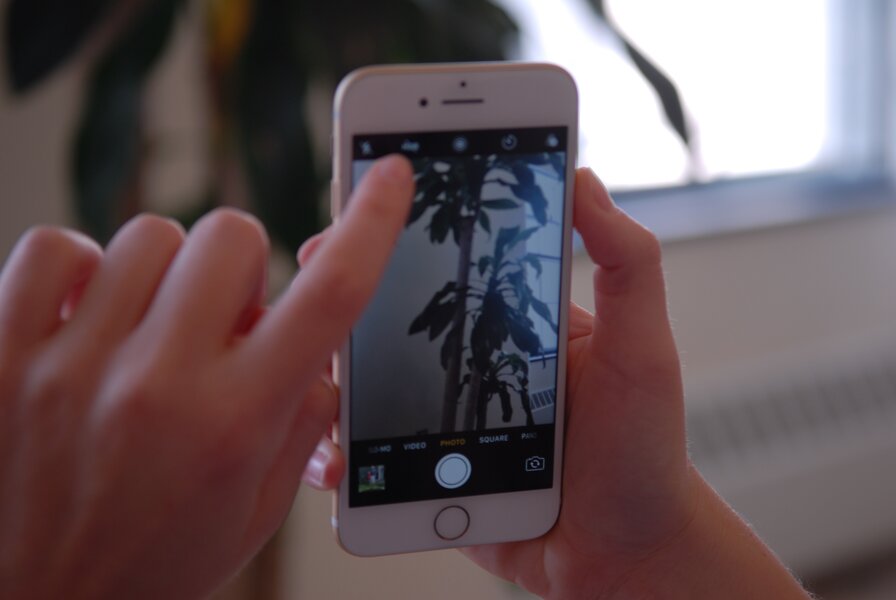As convenient as smartphone photography may be, there’s one key weakness: Few phones offer exposure settings. This leads to problems when dealing with harsh light and heavy shadow.
Take a look at these two images. The left photo was taken without “high dynamic range,” or HDR. The brick walkway looks great, but the camera lost a lot of detail in the bright and dark areas. The sky looks washed out. The flowers seem lost in shadow.
A professional could repair this image with editing. But HDR tries to fix the image as it's being taken.
With HDR on, a phone will snap three photos in rapid succession. Each image uses a different exposure level. One shot is tuned for dark areas, such as the flowers in the image above. One captures the bright spots, such as the sky. The third goes for the mid-tones, much like the non-HDR photo.
After it snaps all three photos, the iPhone tries to identify the best aspects of each shot and stitches them into a single image.
While the final product is rarely perfect, it's often much better than the original – with no extra work required. If you're unhappy with the results, the iPhone actually saves two images: the HDR version and the shot it would have taken without the feature.
Turn on HDR from the iPhone's standard camera application by simply sliding the HDR toggle. A word of caution: HDR will use more memory than standard picture-taking.







